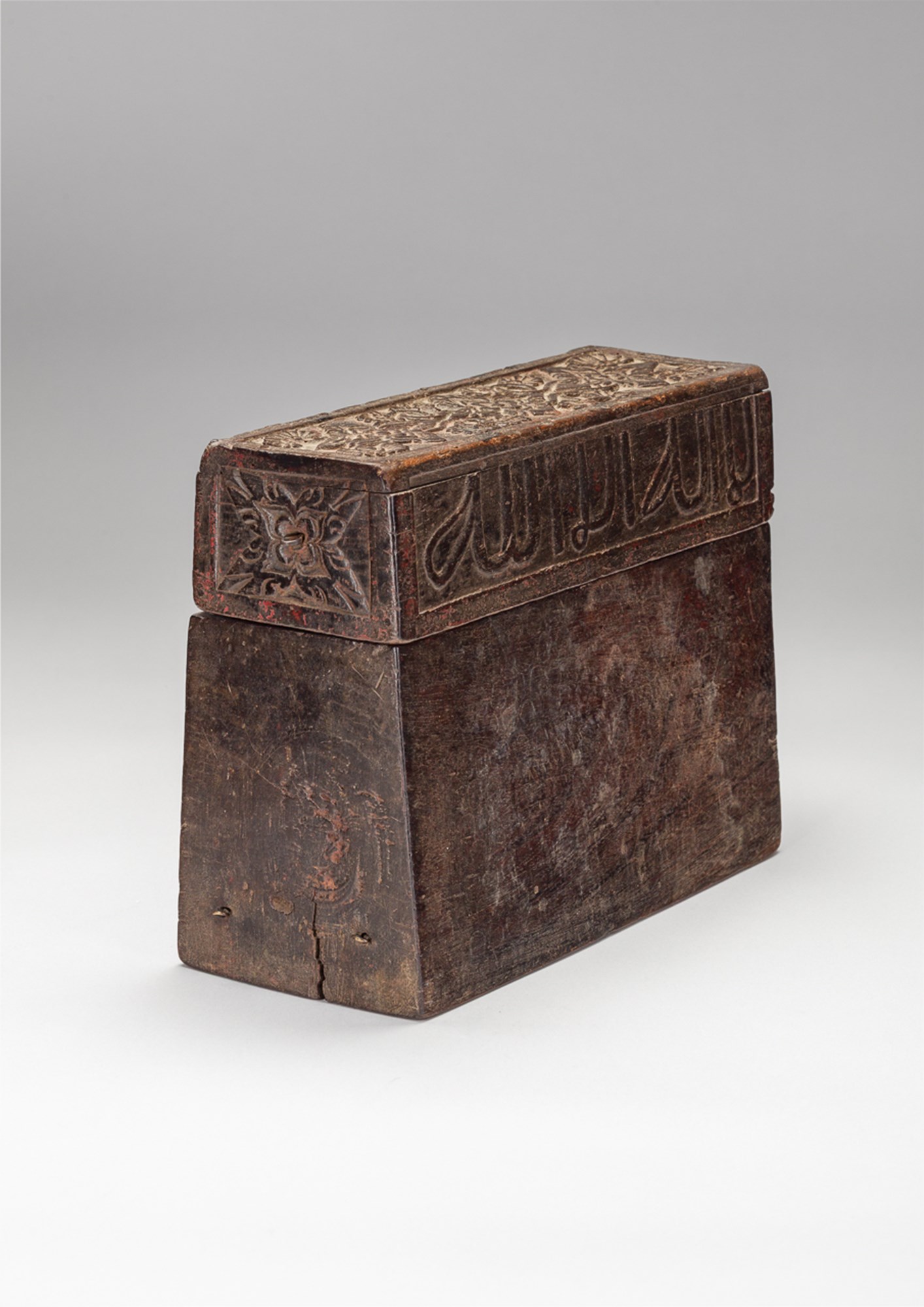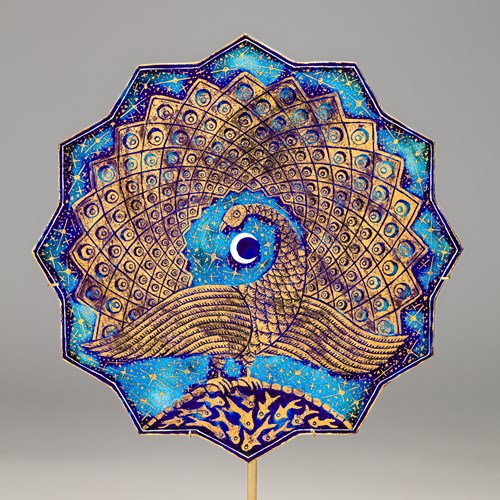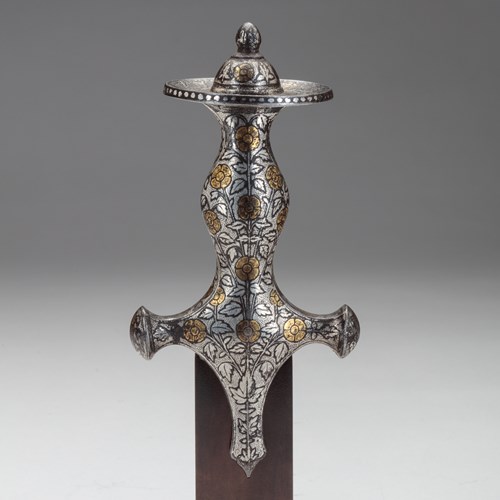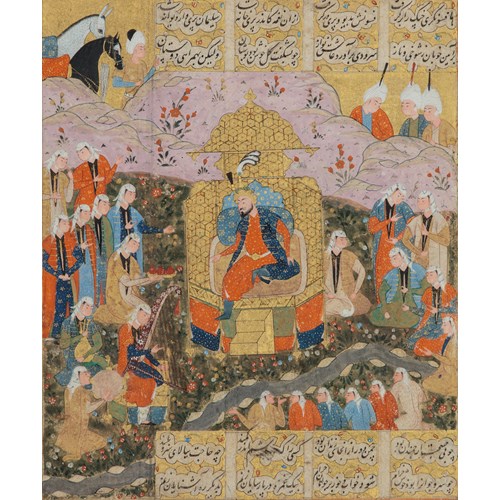Marketplace
Indonesian Qur'an Box
A late nineteenth-century carved wooden box from the island of Lombok, Indonesia. The distinctive cuboid shape with inward-sloping walls is typical of Qur'an boxes made by the Sasak communities of Lombok, designed to hold palm-leaf manuscripts (lontar). The sides of the lid are inscribed with the shahada in an unusual script, likely by a craftsman who does not read Arabic.
The top of the lid is carved with quatrefoil flowers, reminiscent of Javanese work. A medicine container held in a private collection in Jakarta features similar floral carving on its drawers.1
A Qur'an box of this form in the same Jakarta collection is attributed to Lombok.2 Another similar example was exhibited at Art of the Austronesians: The Legacy of Indo-Pacific Voyaging at the Fowler Museum at UCLA in 2016. The box was dated to the 19th to early 20th century and attributed to Lombok. Though it has more decorative sides, it has the same distinctive form and floral patterns on the lid.
Small semi-circular loops protrude from the sides of the box at its base and on the lid. A cord would have been threaded through these to secure the lid to the box. On one side of the lid is an unrelated Qing dynasty coin, Kangxi Tongbao, which has been added as a washer.
[1] Dharmawangsa Collection,
https://www.dharmawangsa-art.com/bali/medicine-container-java
[2] http://www.dharmawangsa-art.com/bali/koran-container-island-of-lombok
Plus d'œuvres d'art de la Galerie







_T638815391591372611.jpg?width=500&height=500&mode=pad&scale=both&qlt=90&format=jpg)

